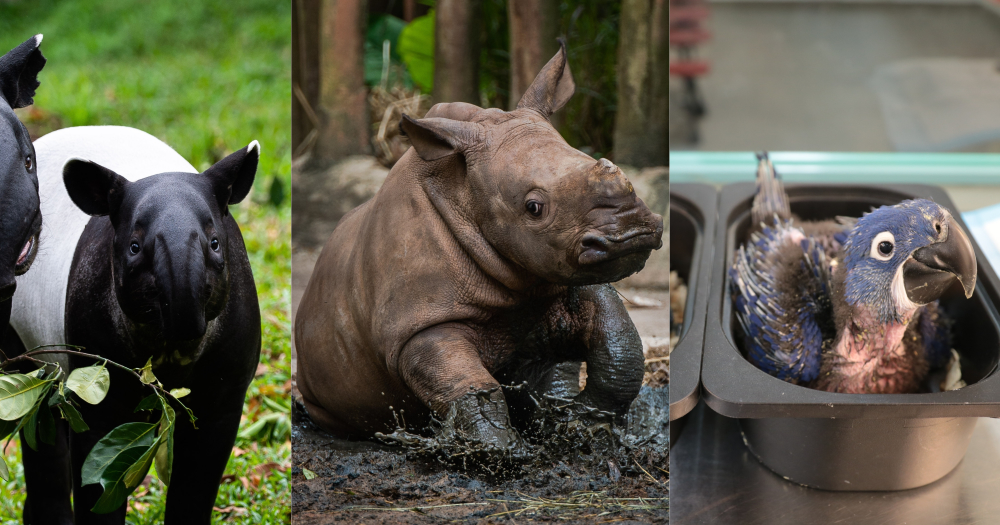On Feb. 18, the four parks under Wildlife Reserves Singapore (WRS) — Jurong Bird Park, Night Safari, River Safari and Singapore Zoo — unveiled a round-up of more than 660 younglings from 121 species born last year.
Of these, there are 25 species listed as "threatened" under the International Union for the Conservation of Nature’s (IUCN) Red List of Threatened Species.
The WRS's Director of Zoology, Luis Carlos Neves, said that these younglings born in captivity are "an assurance population that can one day be used to strengthen the wild populations if they dwindle further or become locally extinct".
Successful conservation efforts at the wildlife parks are important especially in view of recent events such as the fires in the Amazon and Australia where many wild animals have perished.
Here are some photos of these newborns:
West Indian manatee
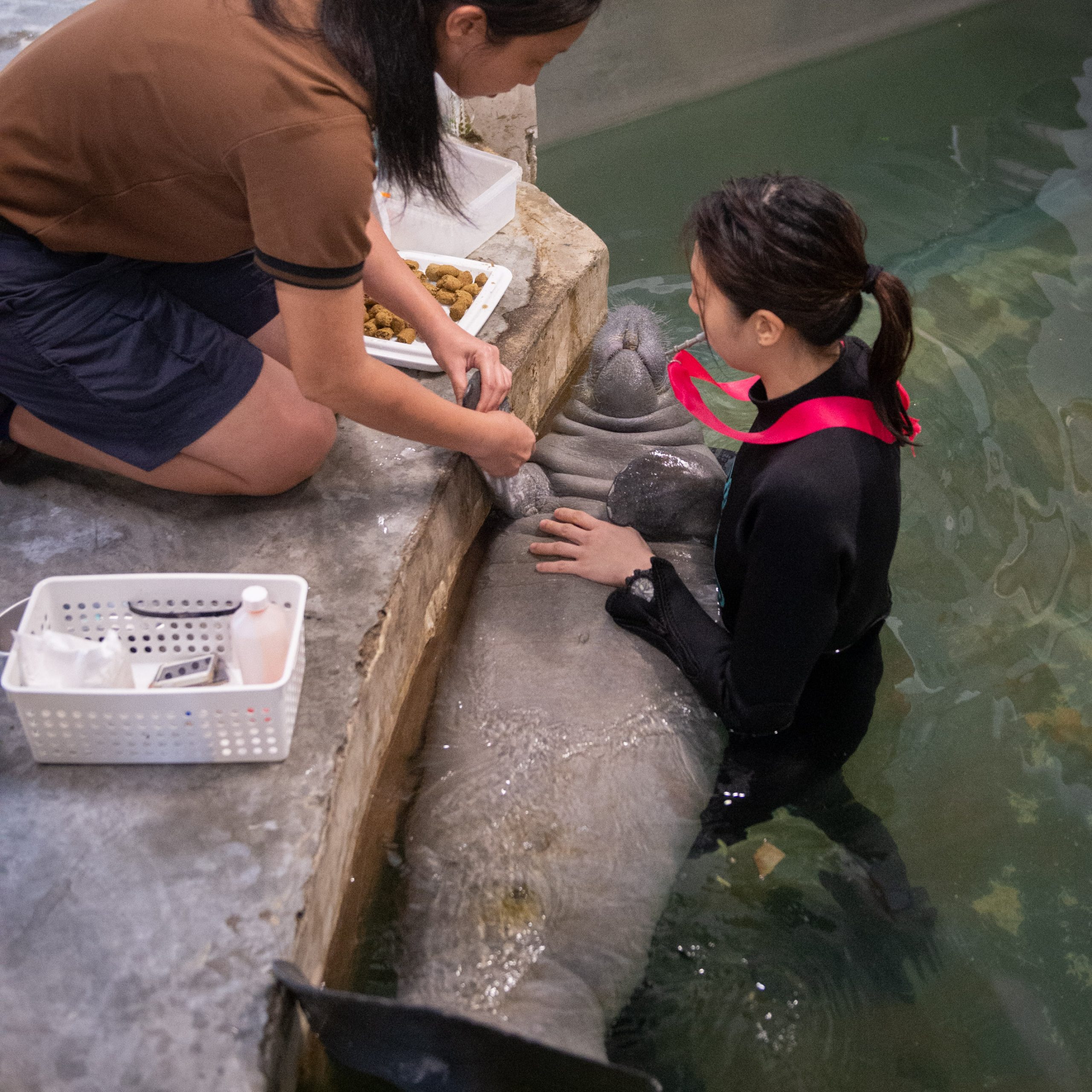 Photo courtesy of WRS.
Photo courtesy of WRS.
In 2019, the River Safari had welcomed three successful births of the West Indian manatee which is a vulnerable species that has only 700 individuals in the wild.
Malayan tapir
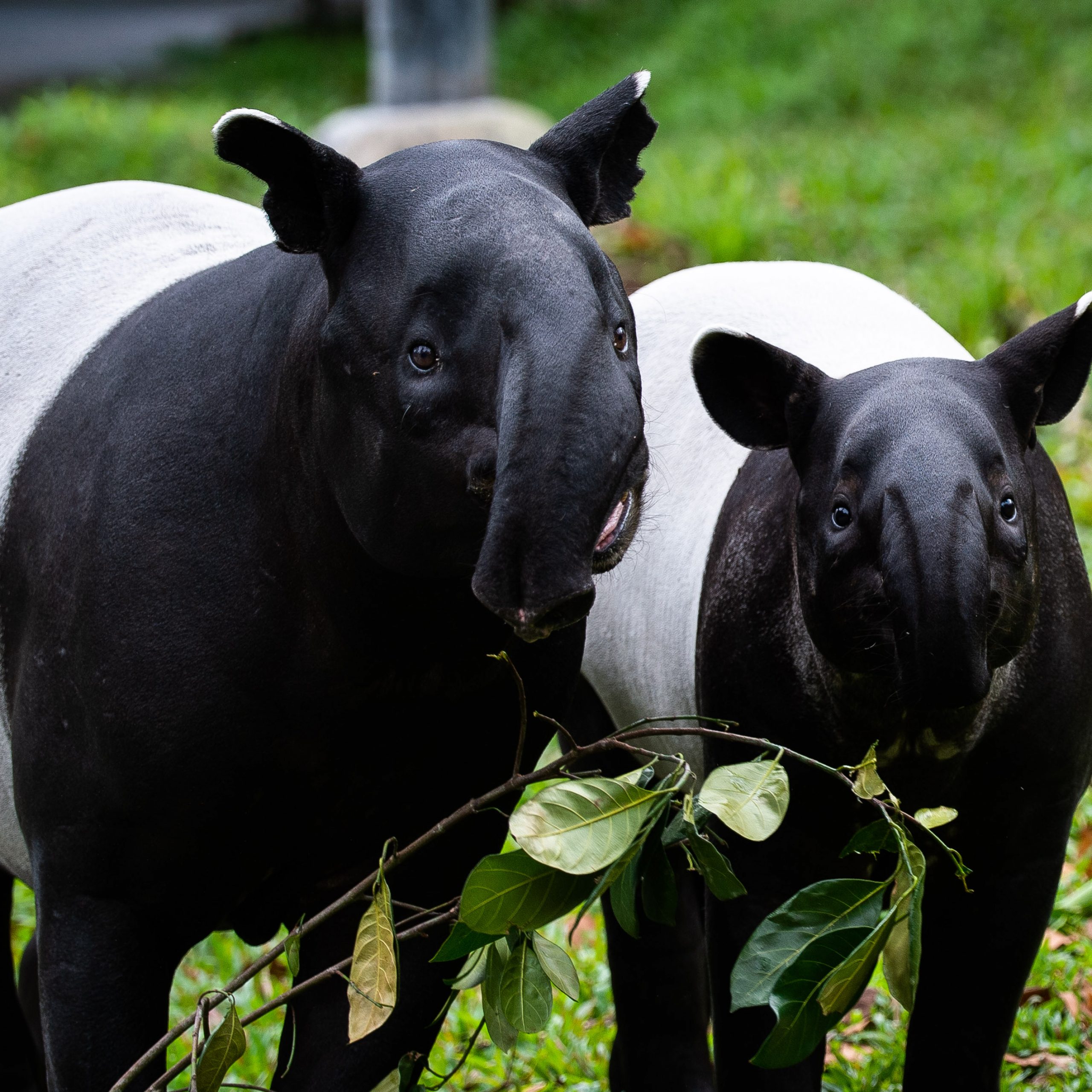 Photo courtesy of WRS.
Photo courtesy of WRS.
Say hi to the 31st Malayan tapir calf born in the Night Safari in July last year, Sutera, which means silk in Malay.
Since then, Sutera (on the right) has grown out of its signature watermelon-like dappled coat and has transitioned into the two-toned coat more commonly seen in adult tapirs.
Crocodile monitor
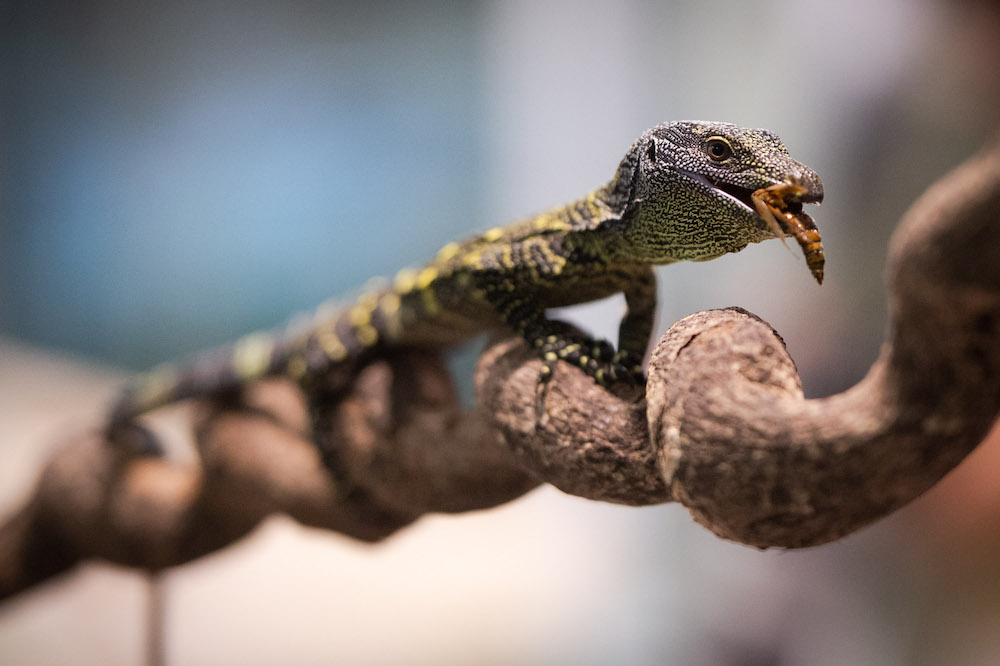 Photo courtesy of WRS.
Photo courtesy of WRS.
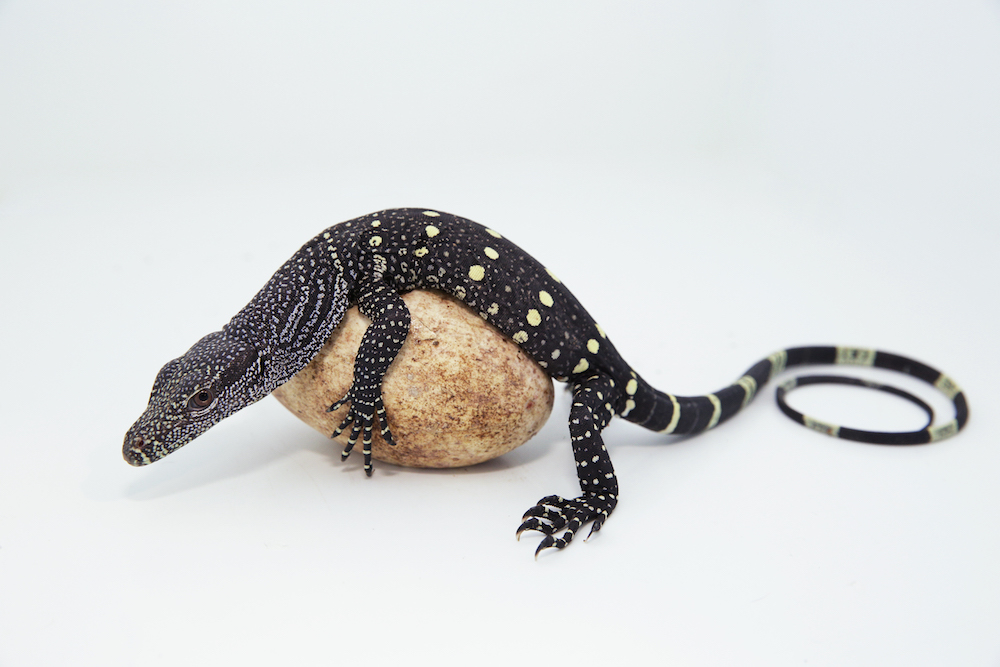 Photo courtesy of WRS.
Photo courtesy of WRS.
The herpetology team at the Singapore Zoo also welcomed its first-ever pair of crocodile monitor hatchlings last year after two unsuccessful clutches from a nine-year-old female croc.
This is quite an achievement as the two are the world’s first second-generation crocodile monitors to hatch in a zoo.
Solitary animals by nature, introducing the male and female for mating can be a delicate affair, requiring close supervision from keepers as the female tended to be aggressive towards her partner.
Endemic to New Guinea, this arboreal lizard is threatened by deforestation and poaching in its home range.
Hyacinth macaw
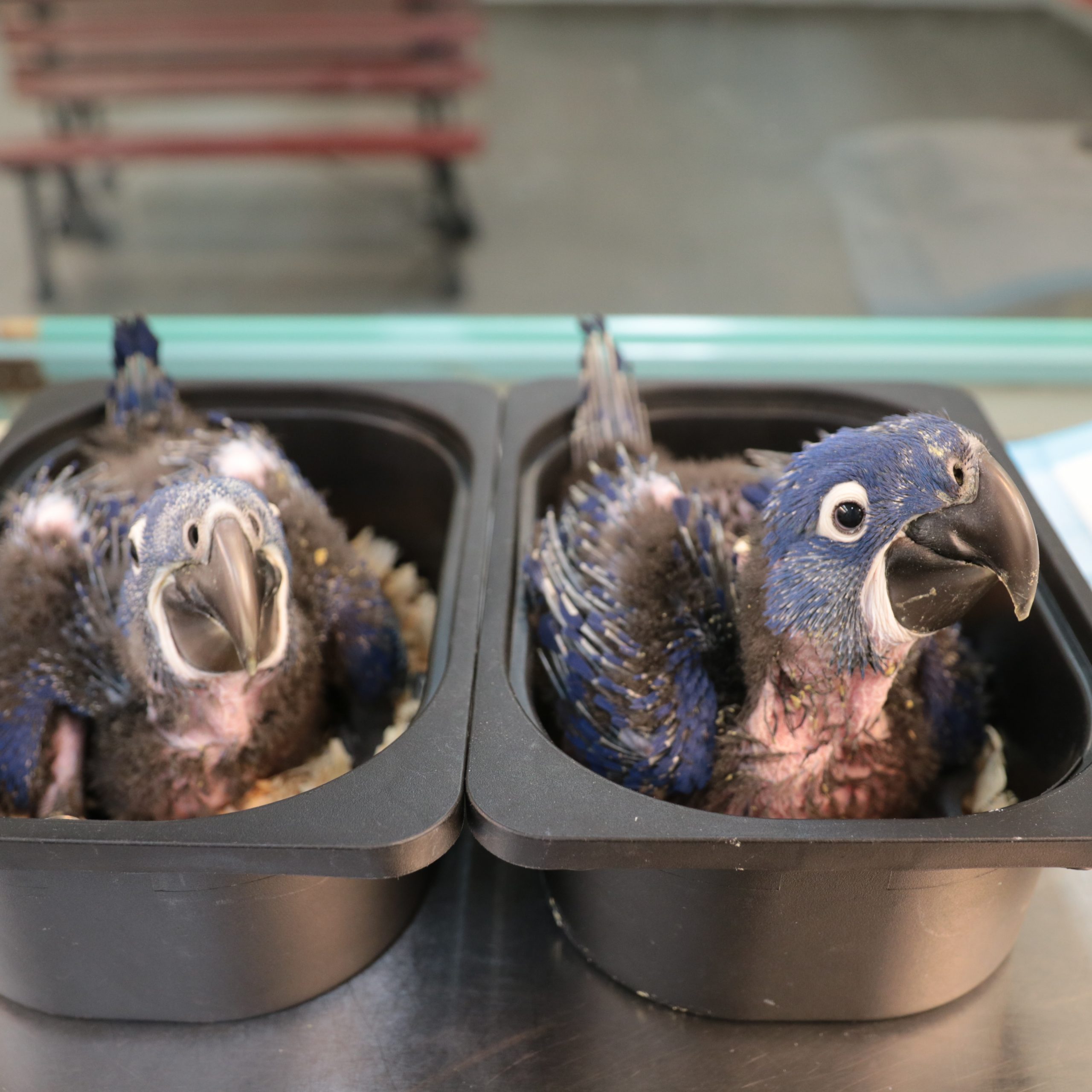 Photo courtesy of WRS.
Photo courtesy of WRS.
Last year, the Jurong Bird Park saw five successful hyacinth macaw hatchings. Native to South America, hyacinth macaws are listed as "vulnerable" and are threatened by habitat loss as well as poaching for the pet trade. These chicks were hand raised at the park’s Breeding & Research Centre.
Santa Cruz ground doves
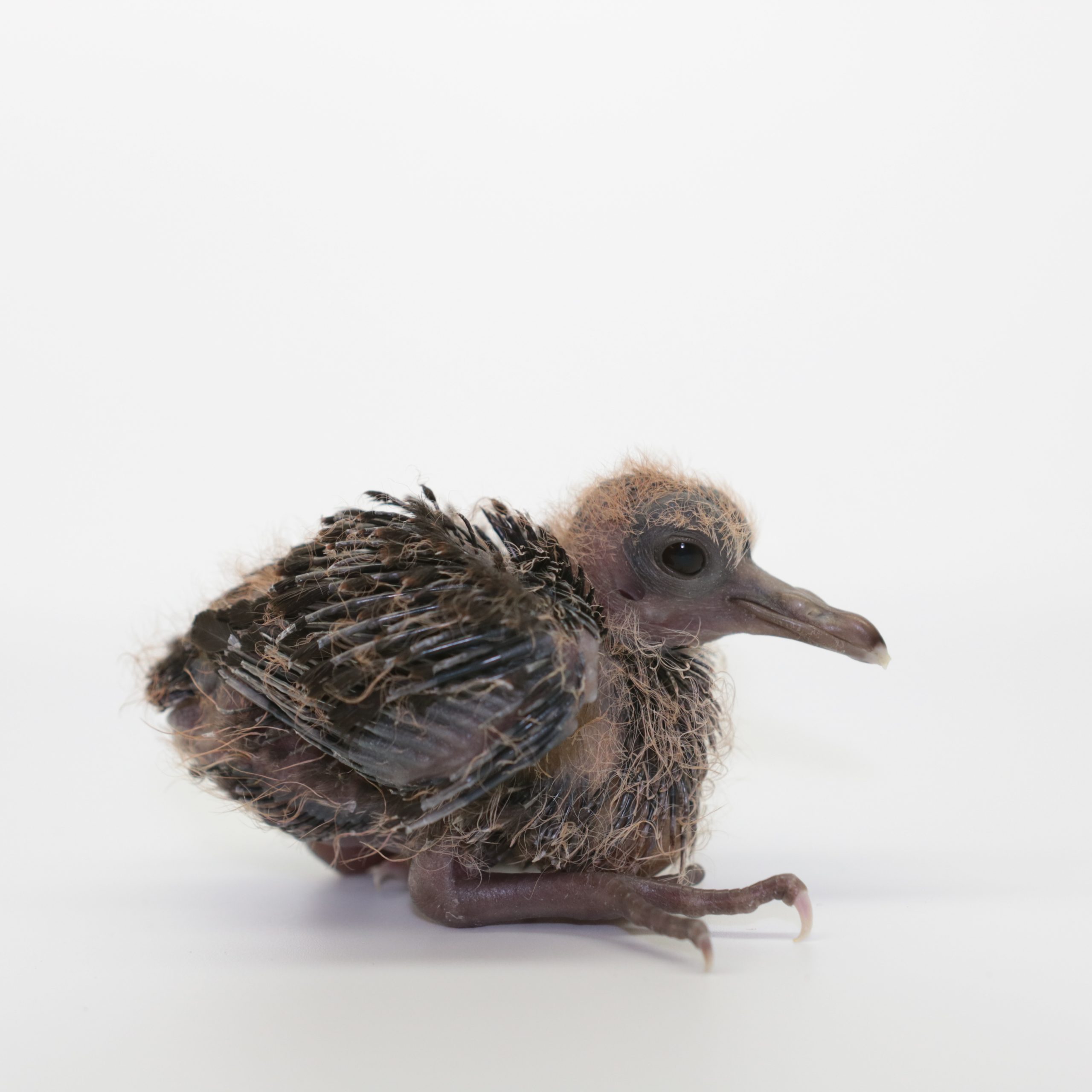 Photo courtesy of WRS.
Photo courtesy of WRS.
60 endangered Santa Cruz ground doves were transferred to Jurong Bird Park from the Solomon Islands as part of a species recovery plan in August 2018.
A few months later, the Jurong Bird Park became the first and only zoological institution to successfully breed the Santa Cruz ground dove under human care.
Ever since then, the birds have been busy, producing 37 successful hatchlings. That's a pretty big deal for species with only 300 individuals in the wild.
Red-shanked douc langur
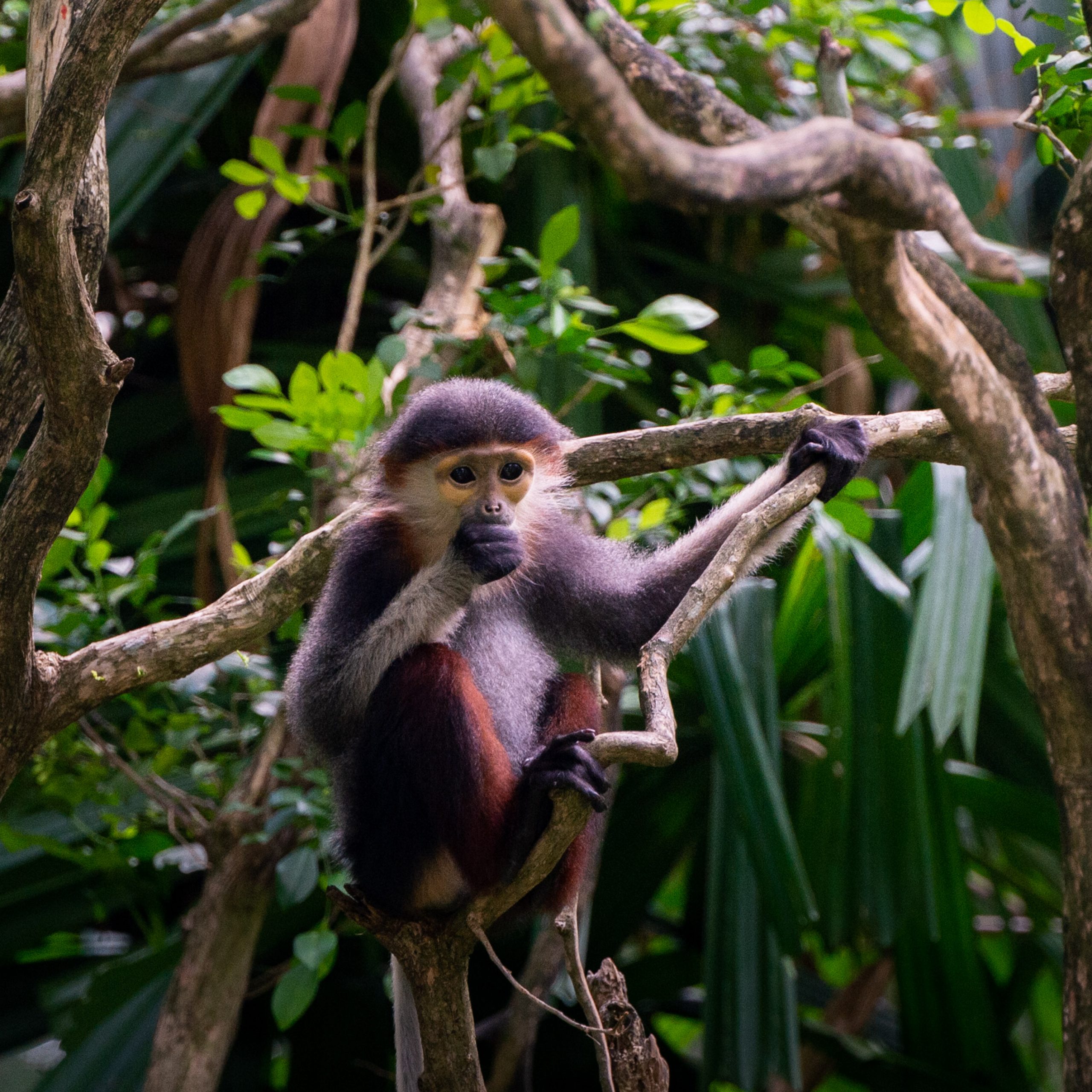 Photo courtesy of WRS.
Photo courtesy of WRS.
The zoo also welcomed a pair of red-shanked douc langur babies in 2019, bringing the park’s breeding record for the endangered species to 33.
Native to Vietnam and Laos, these arboreal monkeys are known as “costumed apes” because of their extravagant coats which bear red, black, white, grey and gold highlights. They are possibly one of the most colourful primates in the world!
King penguin
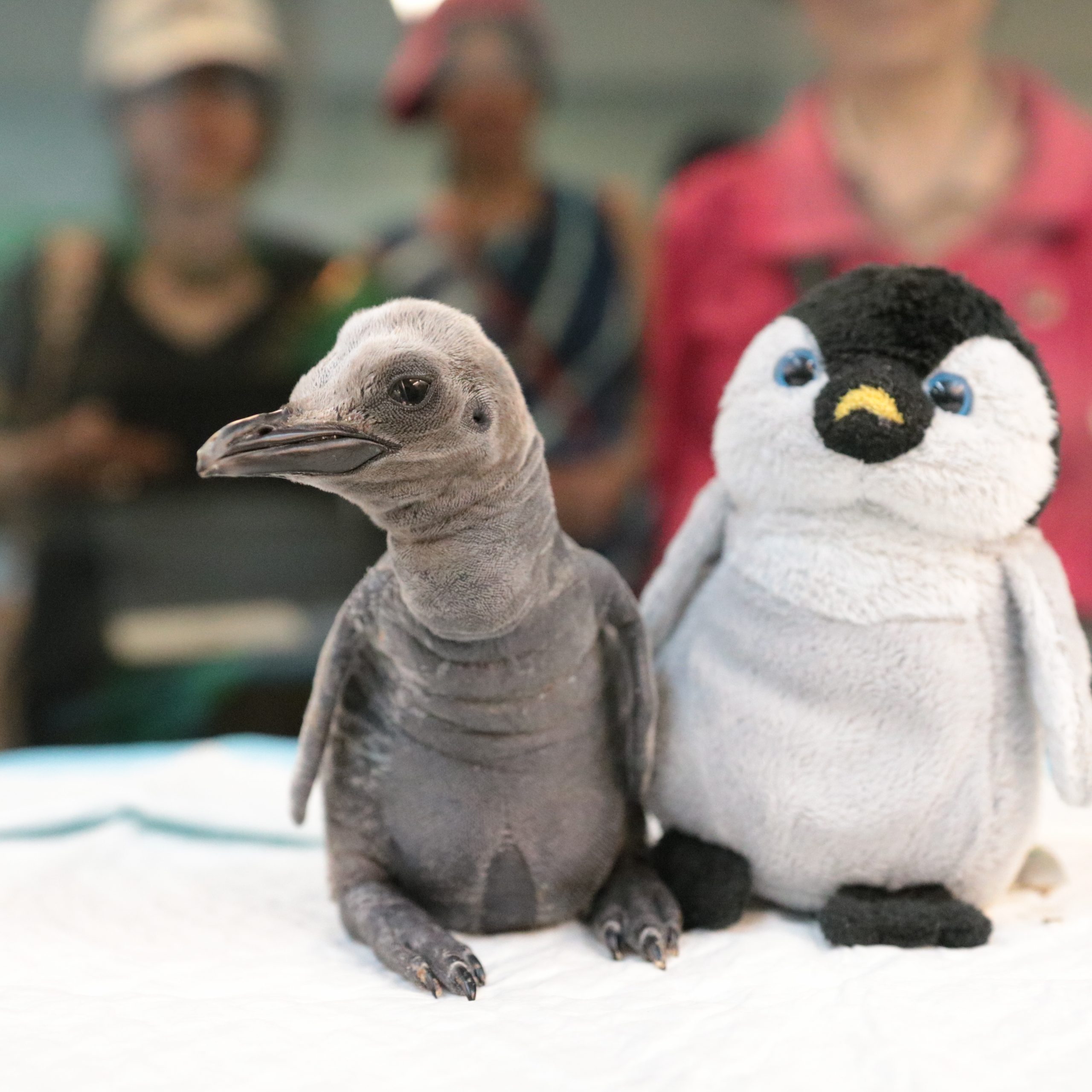 Photo courtesy of WRS.
Photo courtesy of WRS.
Here's Percy, one of the three king penguin chicks that hatched in Jurong Bird Park in 2019.
Hand-raised in the avian nursery at the park’s Breeding & Research Centre, the chicks have since grown and been introduced to the rest of the colony in the park.
Hope they having fun mingling with the fam.
Giant anteater
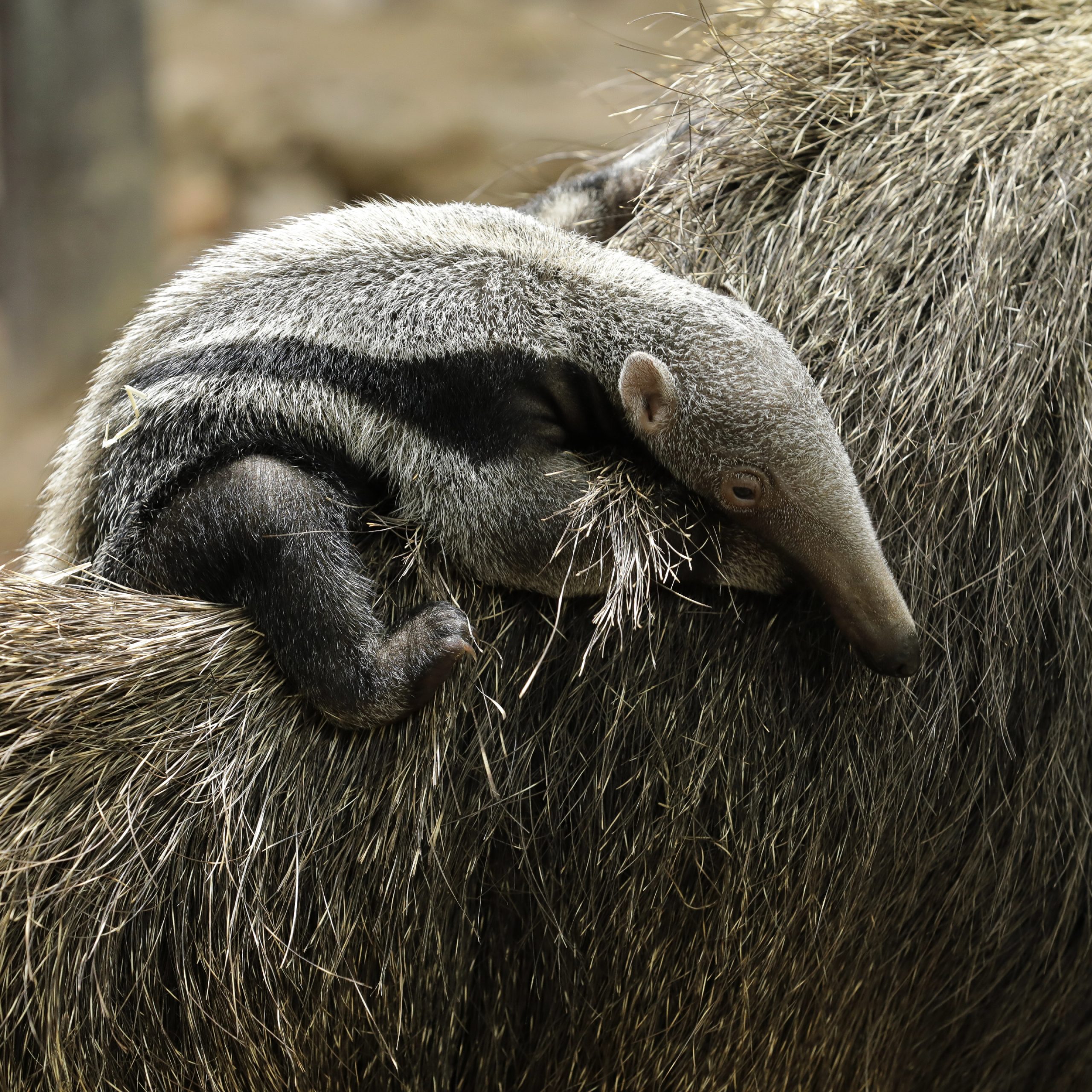 Photo courtesy of WRS.
Photo courtesy of WRS.
This tiny one that's clinging onto mummy giant anteater is Estrella. Estrella, born last August, means star in Spanish and apparently it's pretty playful and likes to wrestle with its mother.
White rhinoceros
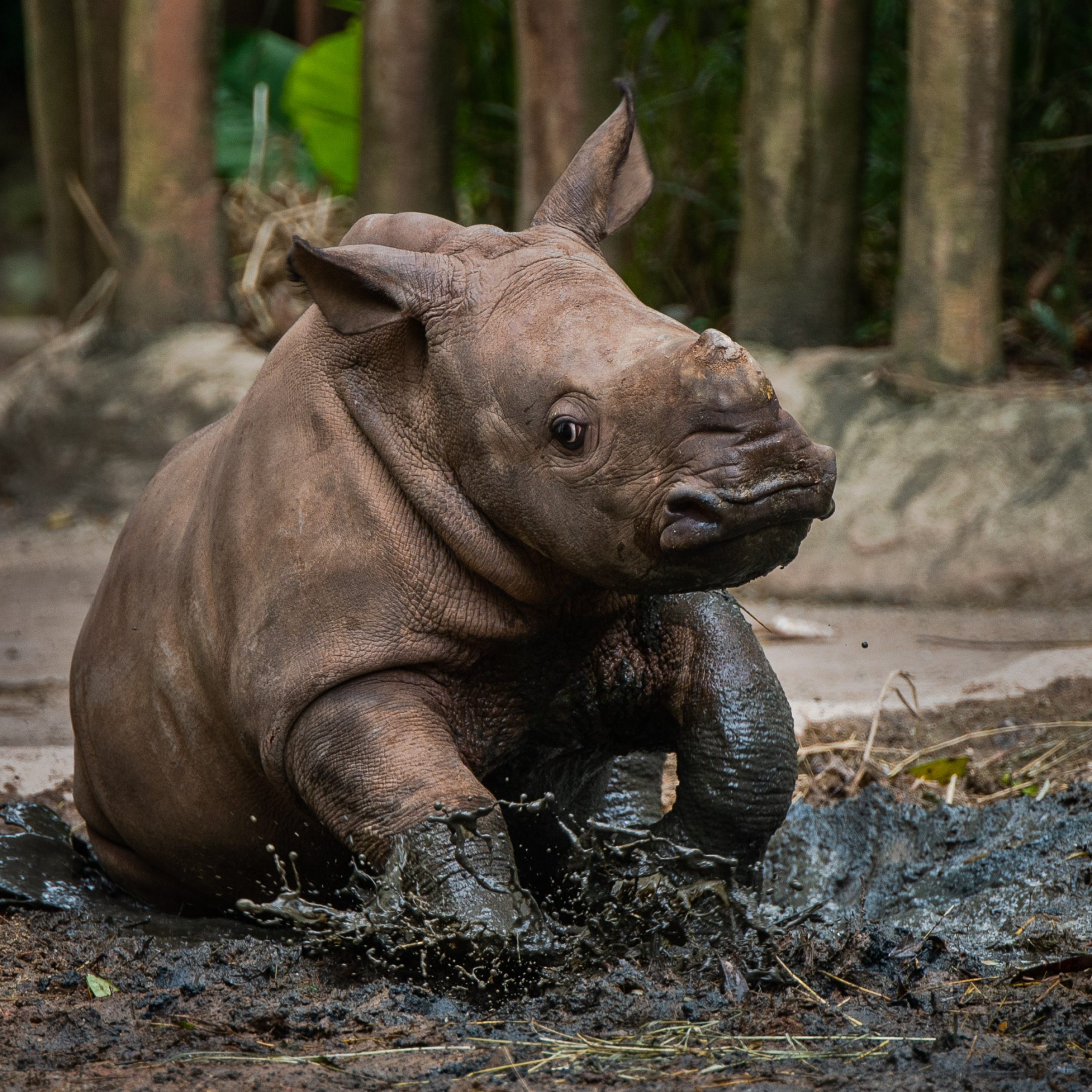 Photo courtesy of WRS.
Photo courtesy of WRS.
Last Christmas, the Singapore Zoo’s rhinoceros care team was gifted with a white rhinoceros calf born on Dec. 19. The calf, named Dalia which means gentle and tender in Swahili is now two months old.
And as you can see from the photo, she's got quite an attitude.
Catch more of Delia on her own Instagram account (yes, she has one):
https://www.instagram.com/p/B7xCWjTgrQj/
Top photos courtesy of Wildlife Reserves Singapore
If you like what you read, follow us on Facebook, Instagram, Twitter and Telegram to get the latest updates.
